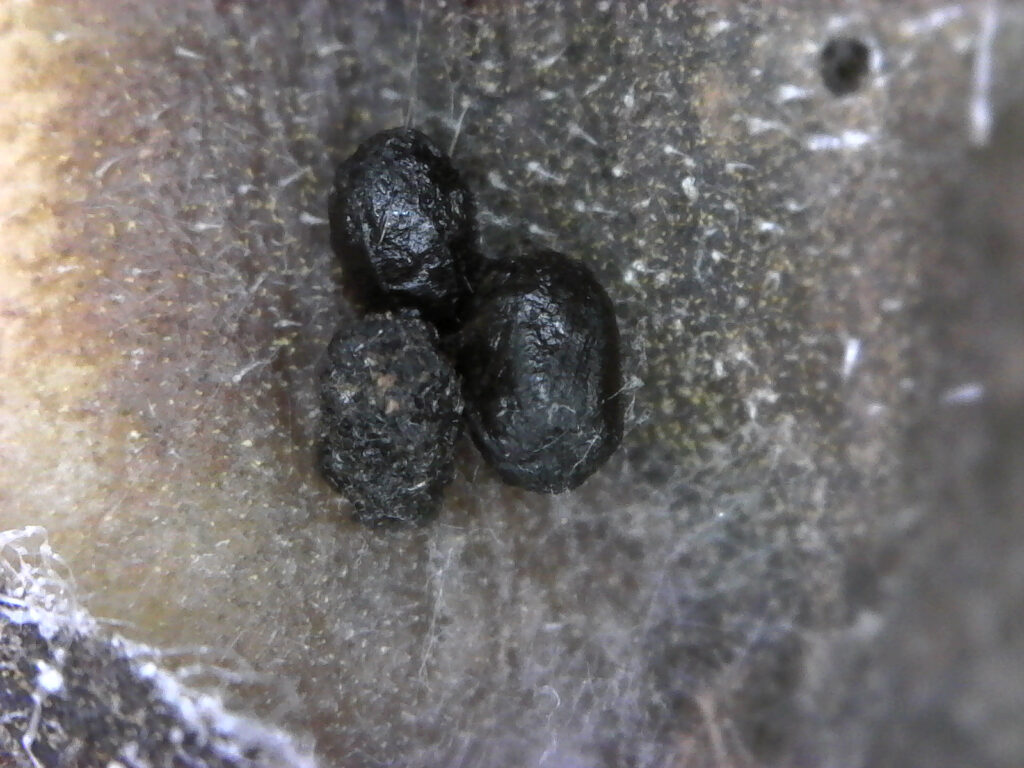Sunflower Troubles
go.ncsu.edu/readext?878515
en Español / em Português
El inglés es el idioma de control de esta página. En la medida en que haya algún conflicto entre la traducción al inglés y la traducción, el inglés prevalece.
Al hacer clic en el enlace de traducción se activa un servicio de traducción gratuito para convertir la página al español. Al igual que con cualquier traducción por Internet, la conversión no es sensible al contexto y puede que no traduzca el texto en su significado original. NC State Extension no garantiza la exactitud del texto traducido. Por favor, tenga en cuenta que algunas aplicaciones y/o servicios pueden no funcionar como se espera cuando se traducen.
Português
Inglês é o idioma de controle desta página. Na medida que haja algum conflito entre o texto original em Inglês e a tradução, o Inglês prevalece.
Ao clicar no link de tradução, um serviço gratuito de tradução será ativado para converter a página para o Português. Como em qualquer tradução pela internet, a conversão não é sensivel ao contexto e pode não ocorrer a tradução para o significado orginal. O serviço de Extensão da Carolina do Norte (NC State Extension) não garante a exatidão do texto traduzido. Por favor, observe que algumas funções ou serviços podem não funcionar como esperado após a tradução.
English
English is the controlling language of this page. To the extent there is any conflict between the English text and the translation, English controls.
Clicking on the translation link activates a free translation service to convert the page to Spanish. As with any Internet translation, the conversion is not context-sensitive and may not translate the text to its original meaning. NC State Extension does not guarantee the accuracy of the translated text. Please note that some applications and/or services may not function as expected when translated.
Collapse ▲The symptoms are consistent with Sclerotinia head rot.
This is a soil-borne disease that causes sporadic infections, normally following cool, wet weather. The fungus has a wide host range and occasionally is a problem on beans, cabbage, collards and other brassicas, carrot, lettuce, tomato and others. Do not keep cull piles nearby, since they will be a source of inoculum. Send affected parts to the landfill. Avoid overhead irrigation. Crop rotation, deep plow between seasons since the black resting structures can produce fruiting bodies that produce and spread spores on the wind. The wind-blown spores are primarily what infect the plants. Sclerotia that are within this planting can be a source of spore infections, but spores might also come from nearby fields and plantings, so cultural control measures on this planting might not provide good control. Soil solarization is effective for killing sclerotia on site, but requires a summer fallow period, and is not going to prevent infections that blow in from other areas. The disease varies in severity from season to season.
Chlorothalonil fungicides might provide some preventative control for unaffected plants and where the seeds are not meant for consumption. Use of resistant varieties where available is an effective control strategy. Check with the company where seeds are marketed.
 Sunflower head showing symptoms of Sclerotinia head rot.
Sunflower head showing symptoms of Sclerotinia head rot.
 Sclerotia, found in multiple locations on the damaged flower head. Sclerotia are defined as hard dark resting bodies of certain fungi, consisting of a mass of hyphal threads, capable of remaining dormant for long periods (Oxford Languages).
Sclerotia, found in multiple locations on the damaged flower head. Sclerotia are defined as hard dark resting bodies of certain fungi, consisting of a mass of hyphal threads, capable of remaining dormant for long periods (Oxford Languages).




